Curious Questions: Can ancient technology of wind, water and hot springs help make a sustainable future?
The UK is switching on to a future of home-grown, greener power — and yet this future is drawing on the past. Jonathan Lee revisits the renewable revolution that started right here.
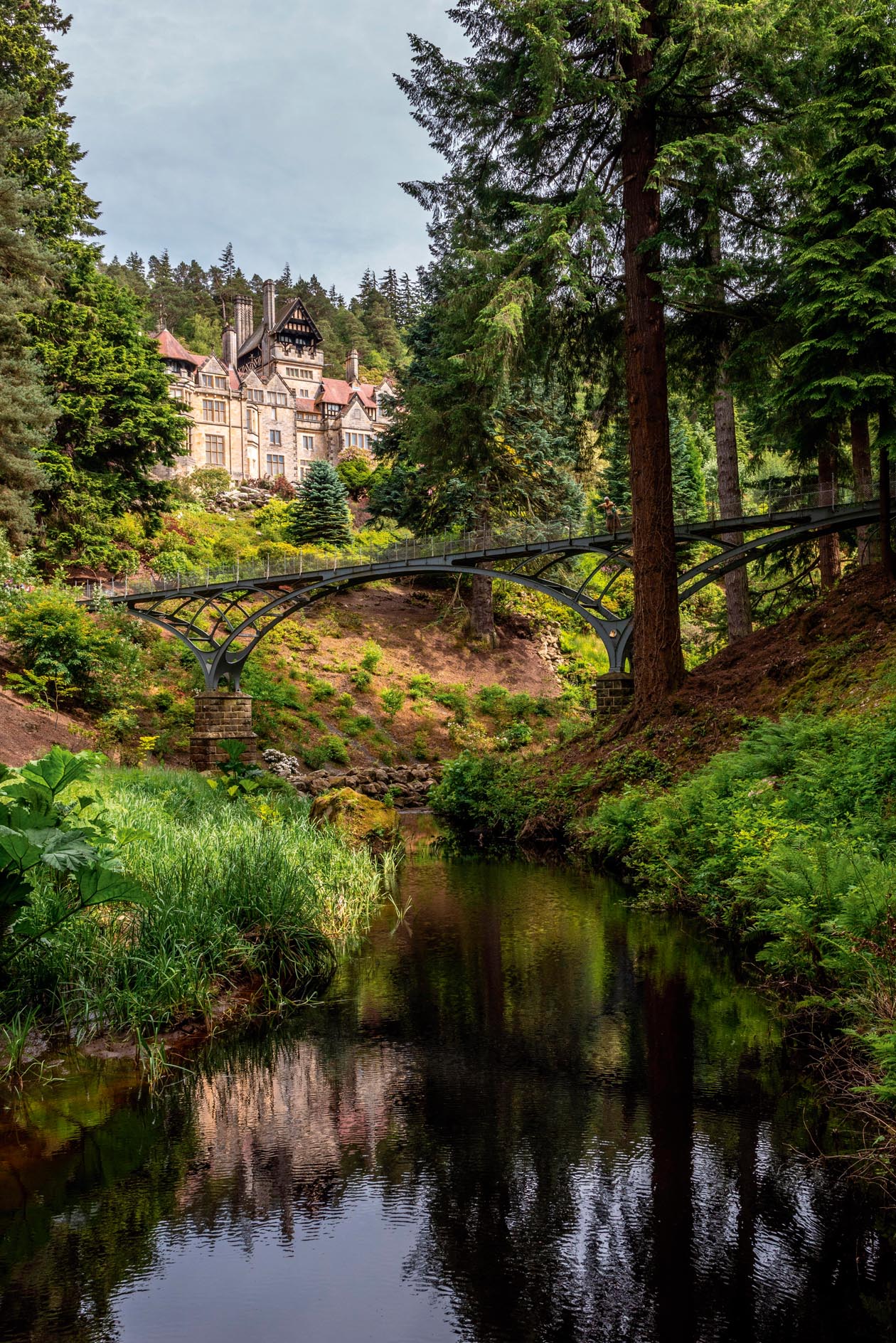

Dazzlingly bright and dangerous, electric lamps flicker into life in a corner of Northumberland in 1878. These carbon arc lamps glare and fizz in the gallery at Cragside, built by William, 1st Baron Armstrong, and his wife, Margaret, and mark a brilliant new era: they are powered by hydroelectricity, making this the first home in the world to be lit by electricity generated from water. ‘It was a game changer,’ explains Clara Woolford, National Trust curator at Cragside, ‘which had huge ramifications in our modern quest to produce renewable energy.’
The Armstrongs were a Victorian power couple par excellence: Lord Armstrong an engineer and inventor and Lady Armstrong a keen botanist and geologist. They created artificial lakes to send water gushing through a turbine, which, in turn, generated enough energy to light their home. You can visit Cragside today to discover other inventions, such as a water-powered spit and a hydraulic luggage lift, which helped the house earn its moniker the ‘palace of the modern magician’.
Cragside is said to have inspired the giant hydroelectricity plant at Niagara Falls in the US and fuelled debates about how the British Empire might be powered once coal reserves had run out. The curator adds: ‘If we had used the resources we have as an island — wind and water — we could have had a very different Industrial Revolution.’
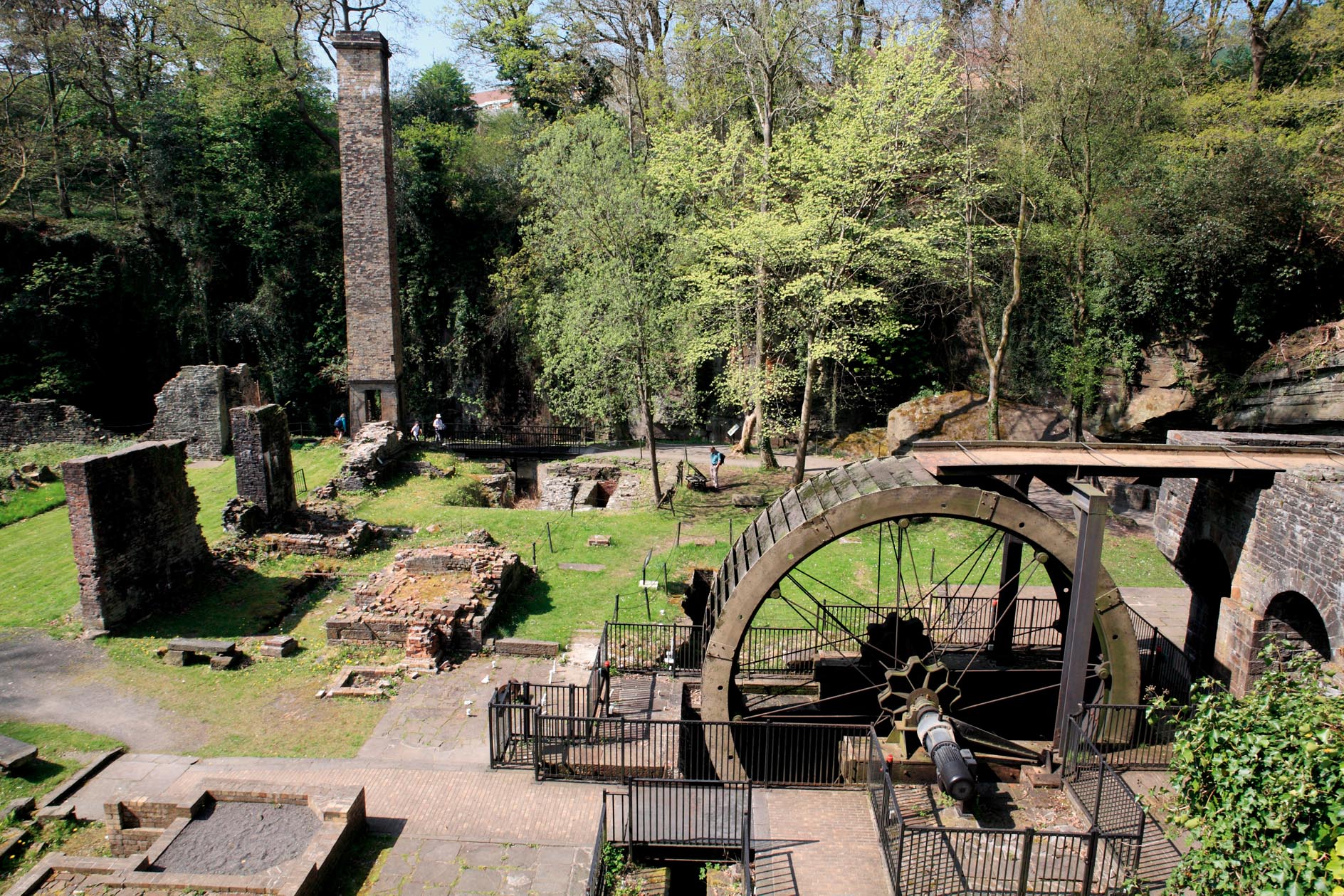
Not every Victorian embraced new-fangled technology, however. Nine years later, in 1887, some 170 miles north of Cragside in Marykirk, James Blyth put the finishing touches to a wind turbine in the garden of his holiday cottage. The professor’s cloth-sailed contraption, measuring 33ft tall, was the world’s first electricity-generating windmill and it was such a success that Blyth offered his surplus power to the village, only to be rebuffed by those who reportedly claimed electricity was ‘the work of the devil’. He had better luck with Montrose Lunatic Asylum, Infirmary and Dispensary, which gladly accepted his scaled-up turbine and used it for three decades.
The UK has been one of the slowest nations to harness geothermal power, which taps into energy stored in the form of heat below the earth’s surface, although its potential has been under our noses for millennia. Bath’s hot mineral springs were discovered more than 5,000 years ago, but it took the Romans to tap into the full power of hot rocks and restorative waters. After building the Temple of Sulis Minerva in about AD75, they spent three centuries crafting a complex of spring-powered hot baths and icy plunge pools, designed to cleanse both body and mind. More than a million litres, all a toasty 40˚C–46˚C, still bubble up into Bath every day. Rain filters down 1½ miles, heats up and then fizzes up through fractures in Jurassic rocks.
Encouragingly, the city is embracing its natural asset anew. In 2021, Bath Abbey ditched antiquated Victorian pipework and switched on its new eco-friendly underfloor-heating system, powered by the city’s hot springs. Two new spaces for 2022, the Clore Learning Centre and the Bath World Heritage Centre, are also heated by geothermal energy.
‘It’s incredibly clever,’ Amanda Hart, Roman Baths and Pump Room manager, explains. ‘As the Roman engineers harnessed the spring water’s heat for the baths, so this new technology is using the hot water to reduce our carbon footprint today.’
Sign up for the Country Life Newsletter
Exquisite houses, the beauty of Nature, and how to get the most from your life, straight to your inbox.
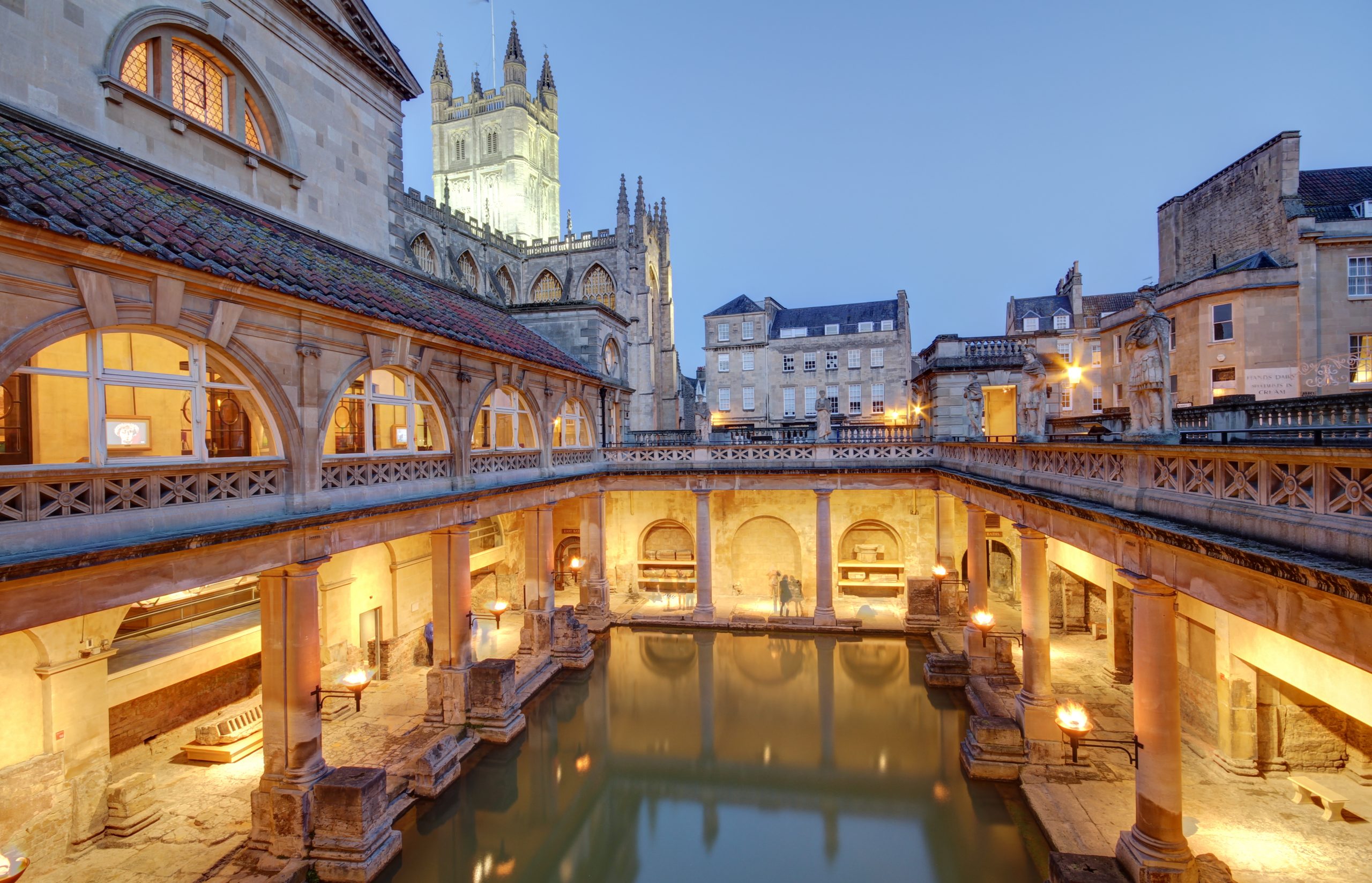
Head west over the River Severn and you will find another sustainable landmark: Europe’s largest energy-generating waterwheel, situated in Aberdulais, south Wales. Forged of Port Talbot steel, this clean-energy behemoth weighs 16 tons, spans more than 26ft and cranks out about 110kW of electricity a day. Its story stretches back to Elizabeth I, who, in 1584, was casting around for a way to finance her warships to repel the Spanish Armada. Good Queen Bess smelted copper to mint new coins in secret at Aberdulais, using the swirling currents of the River Dulais to power a huge wooden water wheel. If you visit the site (owned by the National Trust and currently closed for repairs) in winter, you will witness the brutal power of the falls.
There were some 10,000 windmills studding the British landscape in the 19th century, harnessing the wind to supply local communities with flour, but the ensuing march of steam-, diesel- and electricity-powered technology has left only about 40 traditional windmills turning. One of the finest is in Heckington in Lincolnshire: it’s believed to be the only working windmill in the world with eight sails and is a lesson in recycling.
The mill started life in 1830 with five sails, which were ripped off by a huge storm in 1890. Enterprising miller John Pocklington repaired it and upped the number of sails to eight — recycled from another mill — to keep the mill working during slack winds. ‘It wasn’t so much about power, but reliability,’ explains Charles Pinchbeck, chairman of the Heckington Windmill Trust. ‘For the community, there was greater security of supply as the mill would turn in lighter winds and could work more days.’ Current restoration works are due to complete in 2024, but you can still visit and pick up a bag of homeground flour or sample a pint of 8 Sail ale from the on-site brewery and bar.
All of these projects give us hope for more ‘world firsts’, such as two proposed schemes for Wales. Swansea’s planned £1.7 billion Blue Eden Project features a tidal lagoon, floating solar panels and eco-homes anchored in the water, whereas a £7 billion tidal lagoon for the north coast of Conwy and Denbighshire would generate enough power for every home in the country.
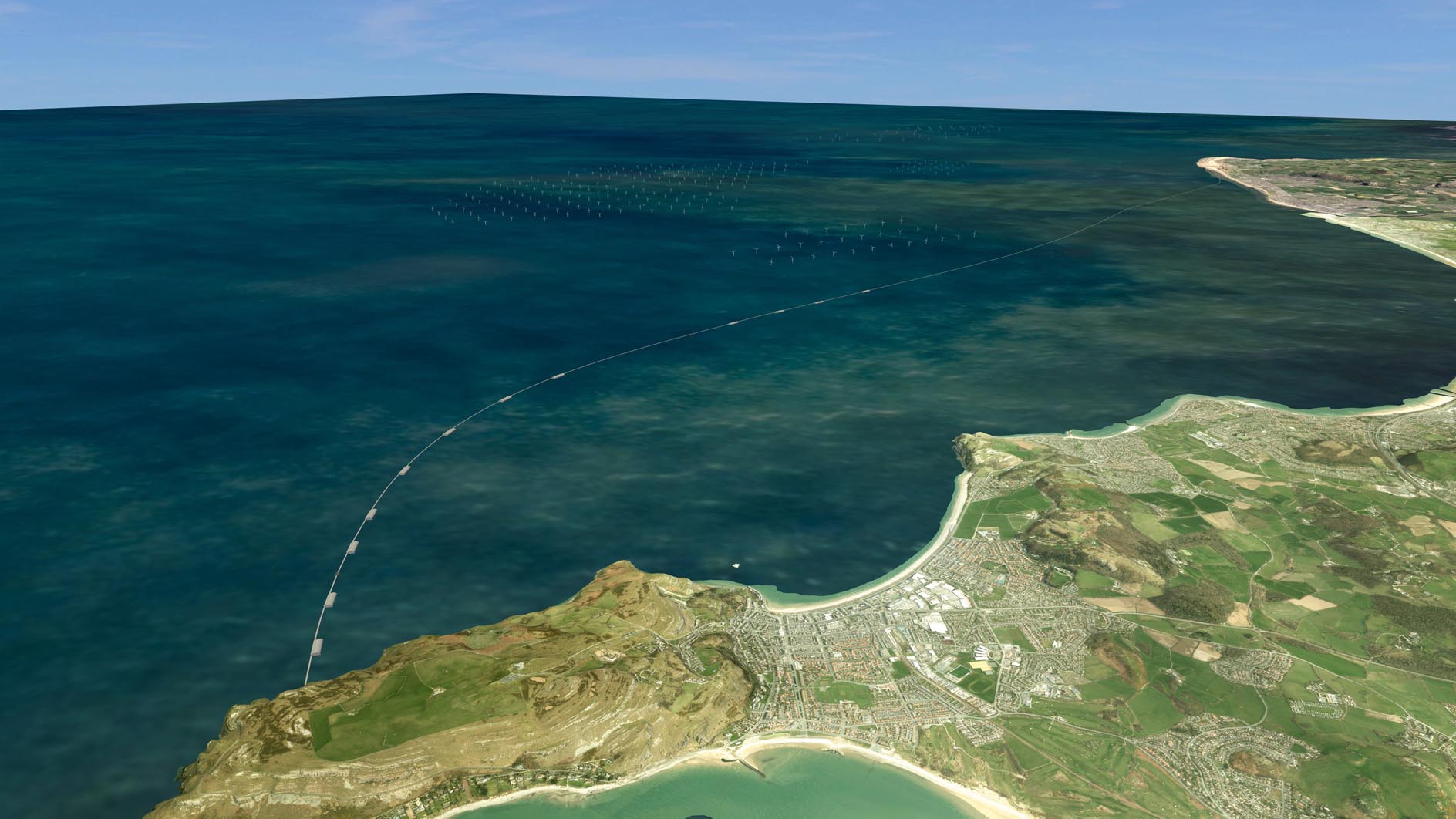
‘It would secure natural, sustainable, low-carbon energy for the next 120 years,’ says Henry Dixon, chairman of North Wales Tidal Energy and Coastal Protection, which is behind the north coast project. ‘We’ve been doing dams and hydro schemes for hundreds of years. Why don’t we scale up the technology? It’s Victorian thinking; it’s for our children and grandchildren, providing energy security and stability.’
What better way to create sustainable energy for future generations than to build on the breakthroughs of our forebears?

Credit: National Geographic Expeditions / Shutterstock
Seven unforgettable trips which combine beauty, wonder and sustainability
Whether you're fulfilling a lifelong dream, booking a family holiday or returning to a place which has already captured your

Credit: Alamy
10 sustainability myths busted, and six things you can do to make a real difference
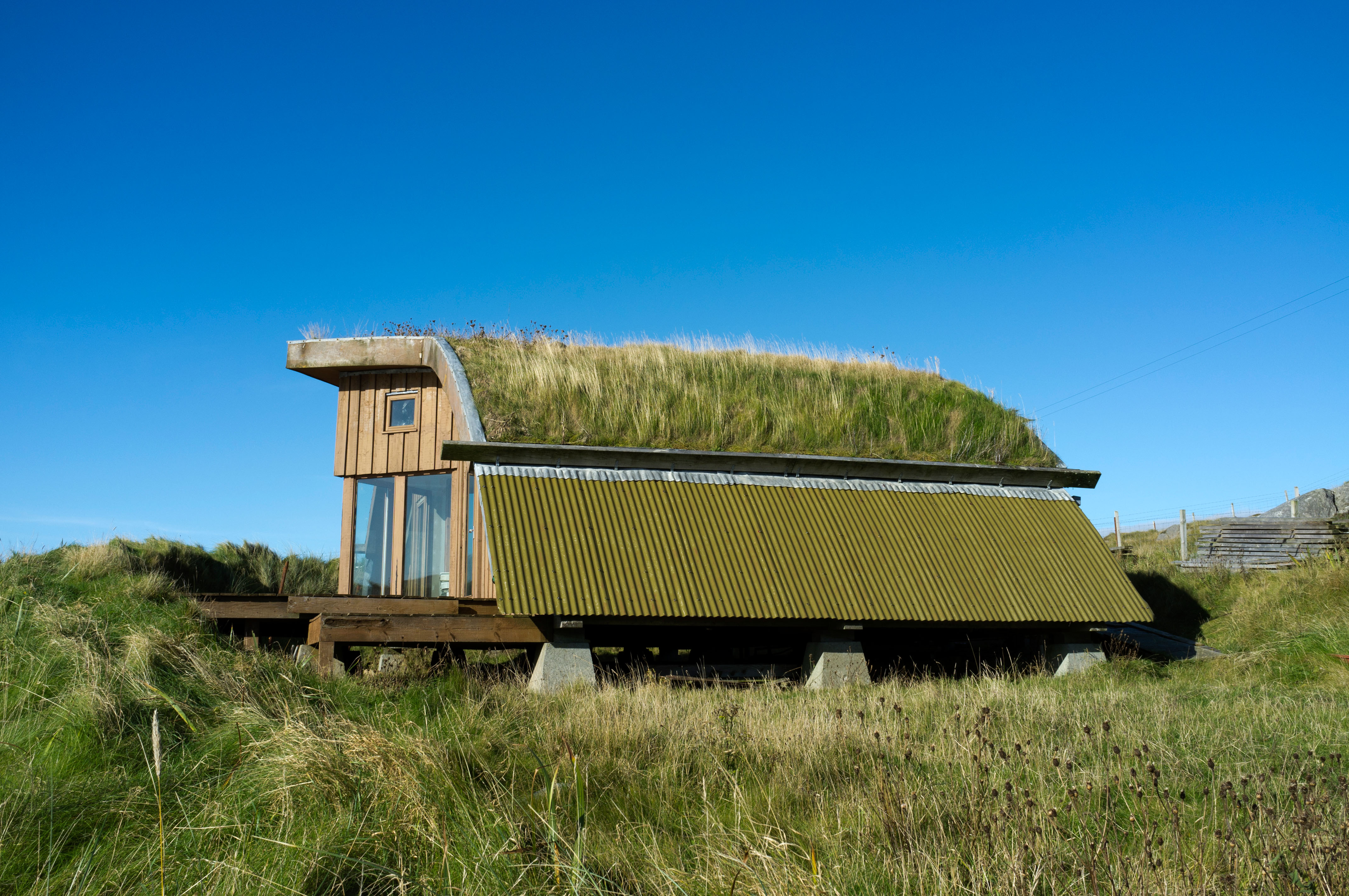
60 simple sustainability tips to make your home, garden and life better
We spoke to experts to get their tips on practical steps we can all make to live a more sustainable
Country Life is unlike any other magazine: the only glossy weekly on the newsstand and the only magazine that has been guest-edited by HRH The King not once, but twice. It is a celebration of modern rural life and all its diverse joys and pleasures — that was first published in Queen Victoria's Diamond Jubilee year. Our eclectic mixture of witty and informative content — from the most up-to-date property news and commentary and a coveted glimpse inside some of the UK's best houses and gardens, to gardening, the arts and interior design, written by experts in their field — still cannot be found in print or online, anywhere else.
-
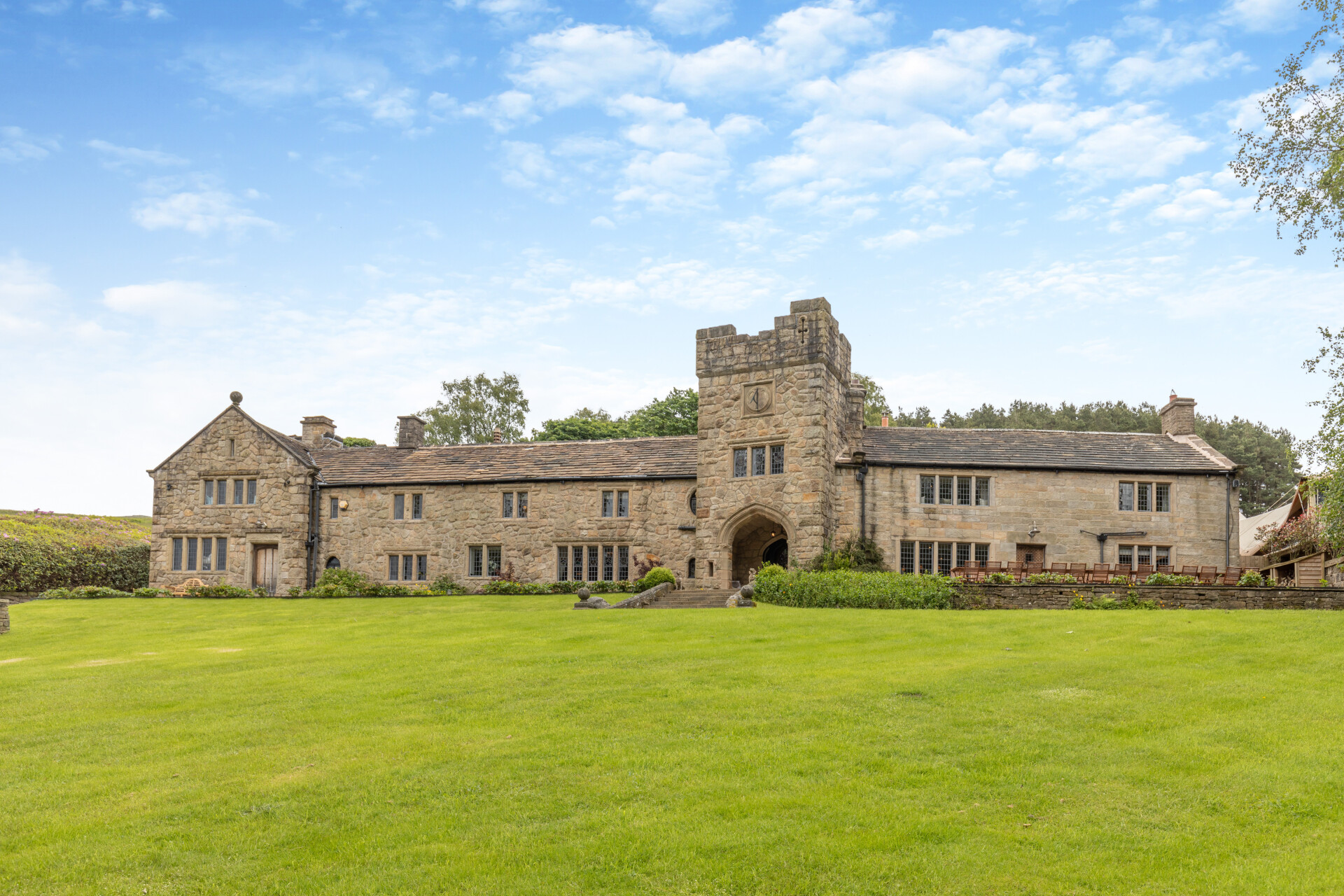 Some of the finest landscapes in the North of England with a 12-bedroom home attached
Some of the finest landscapes in the North of England with a 12-bedroom home attachedUpper House in Derbyshire shows why the Kinder landscape was worth fighting for.
By James Fisher
-
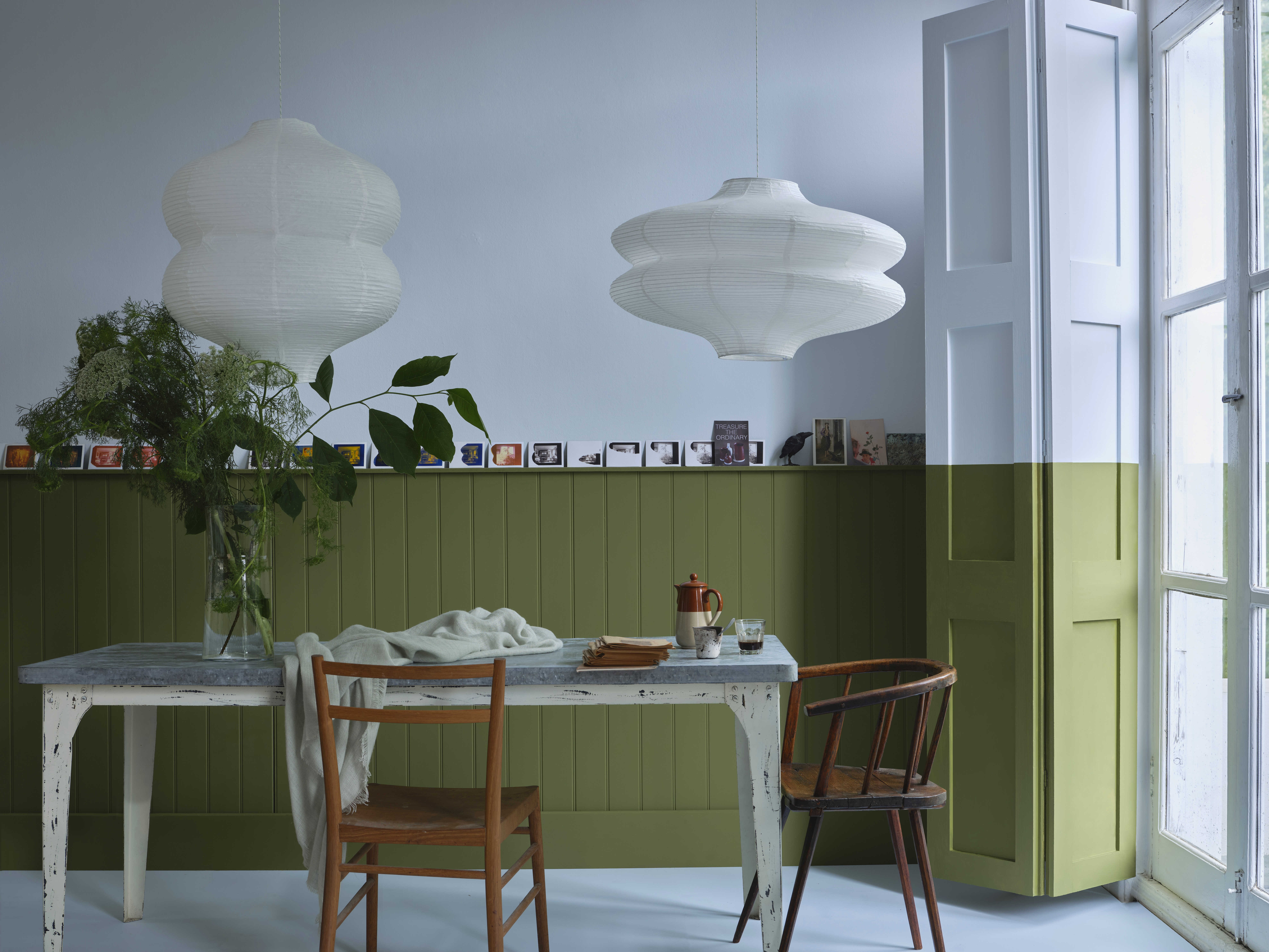 John Sutcliffe — The man, the myth and the paint-naming legend behind Dead Salmon and Elephant's Breath
John Sutcliffe — The man, the myth and the paint-naming legend behind Dead Salmon and Elephant's BreathBy Carla Passino
-
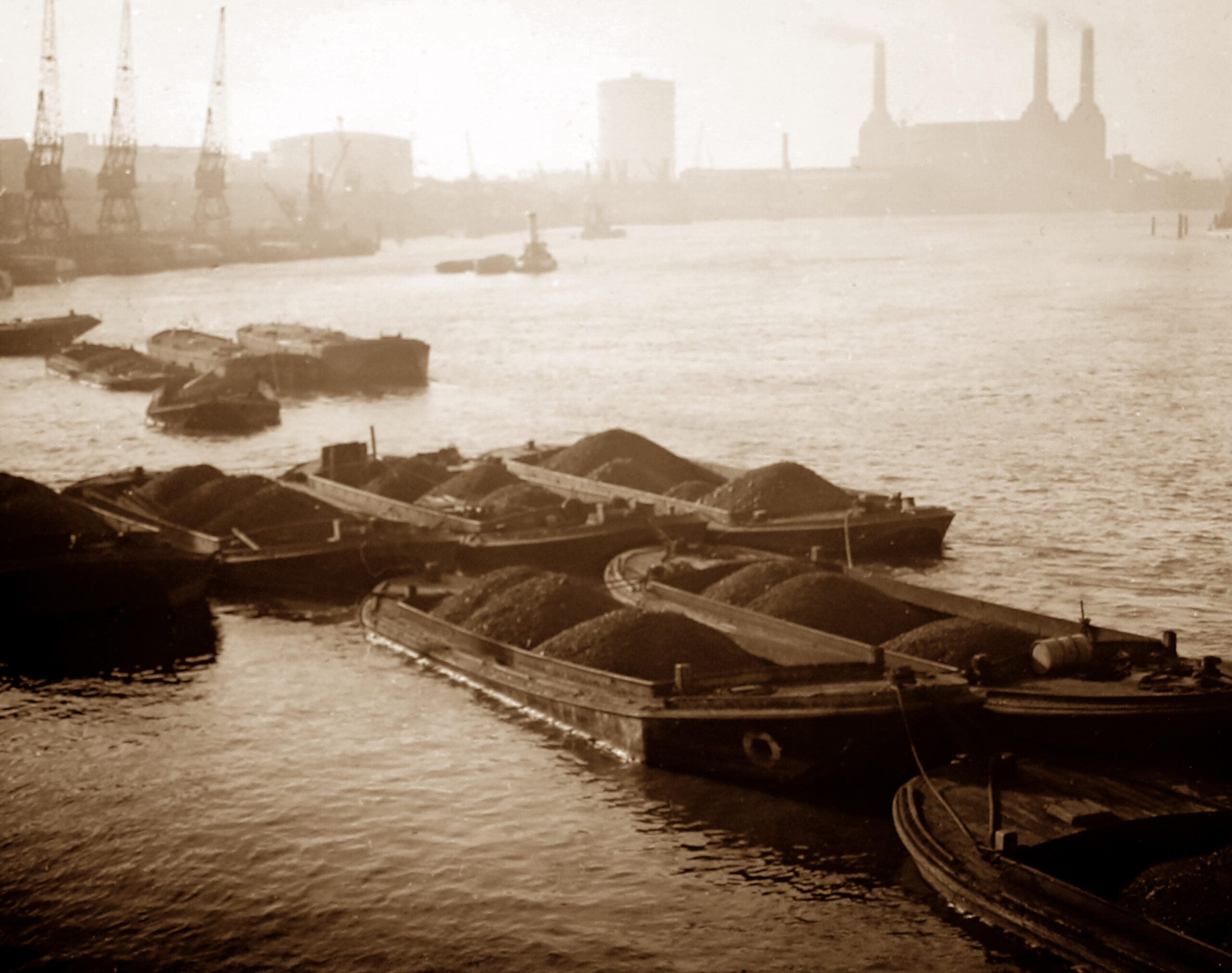 Curious Questions: Did the Victorians pave the way for the first ULEZ cameras in the world?
Curious Questions: Did the Victorians pave the way for the first ULEZ cameras in the world?Martin Fone takes a look at the history of London's coalgates, and finds that the idea of taxing things as they enter the City of London is centuries old.
By Martin Fone
-
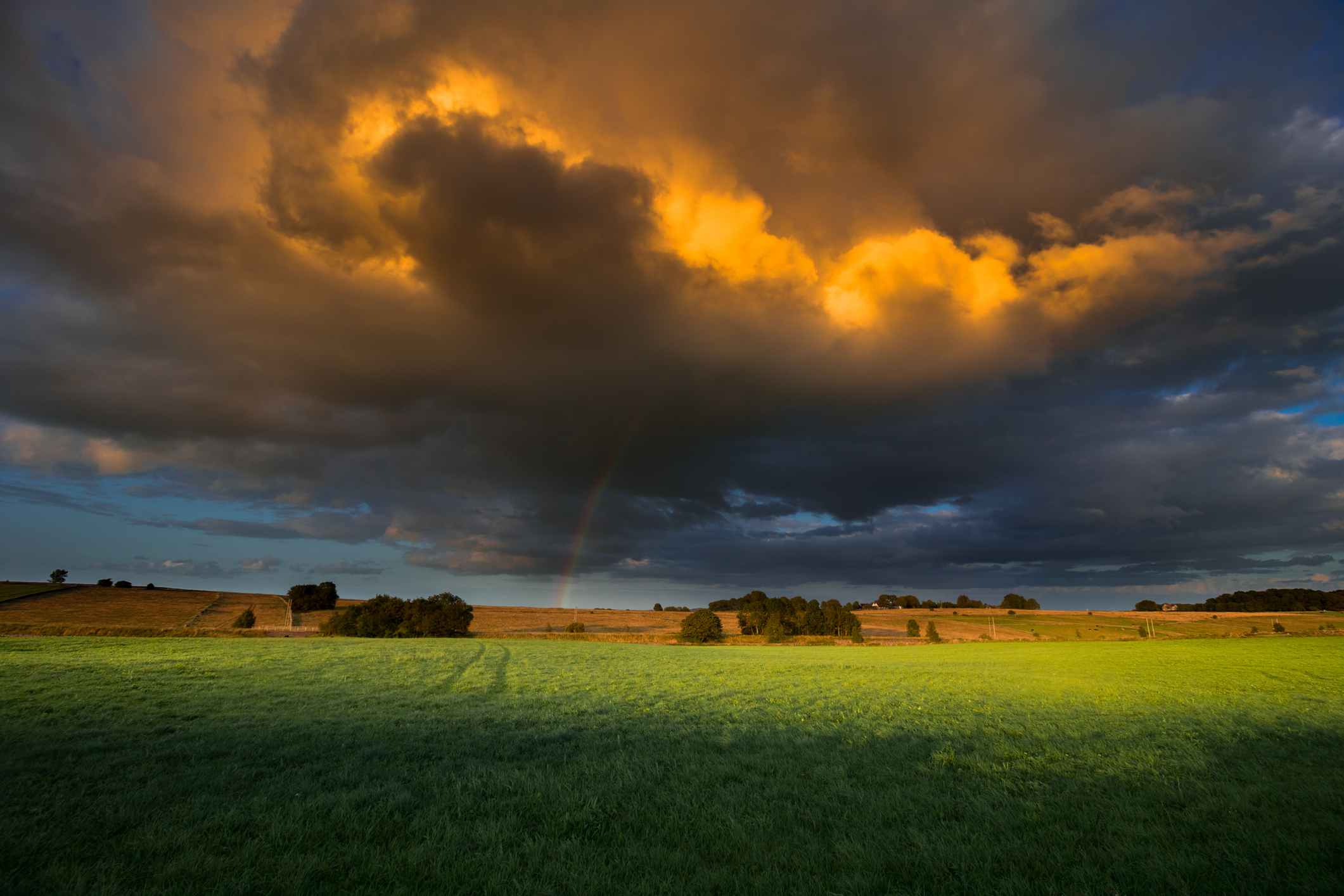 'Every month since June 2023 has now ranked as the planet’s hottest... we are challenging everything on which we rely — our weather, our health, our water and our food security'
'Every month since June 2023 has now ranked as the planet’s hottest... we are challenging everything on which we rely — our weather, our health, our water and our food security'The effects of climate change 'reach right down into every aspect of the planet’s life, from the spread of disease to the profound changes wrought by rising sea levels and intensive storms,' writes our columnist Agromenes.
By Country Life
-
 Curious Questions: What are the finest last words ever uttered?
Curious Questions: What are the finest last words ever uttered?Final words can be poignant, tragic, ironic, loving and, sometimes, hilarious. Annunciata Elwes examines this most bizarre form of public speaking.
By Annunciata Elwes
-
 Curious Questions: Why do we still love pirate stories, 300 years on from Blackbeard?
Curious Questions: Why do we still love pirate stories, 300 years on from Blackbeard?Tales of swashbuckling pirates have entertained audiences for years, inspired by real-life British men and women, says Jack Watkins.
By Jack Watkins
-
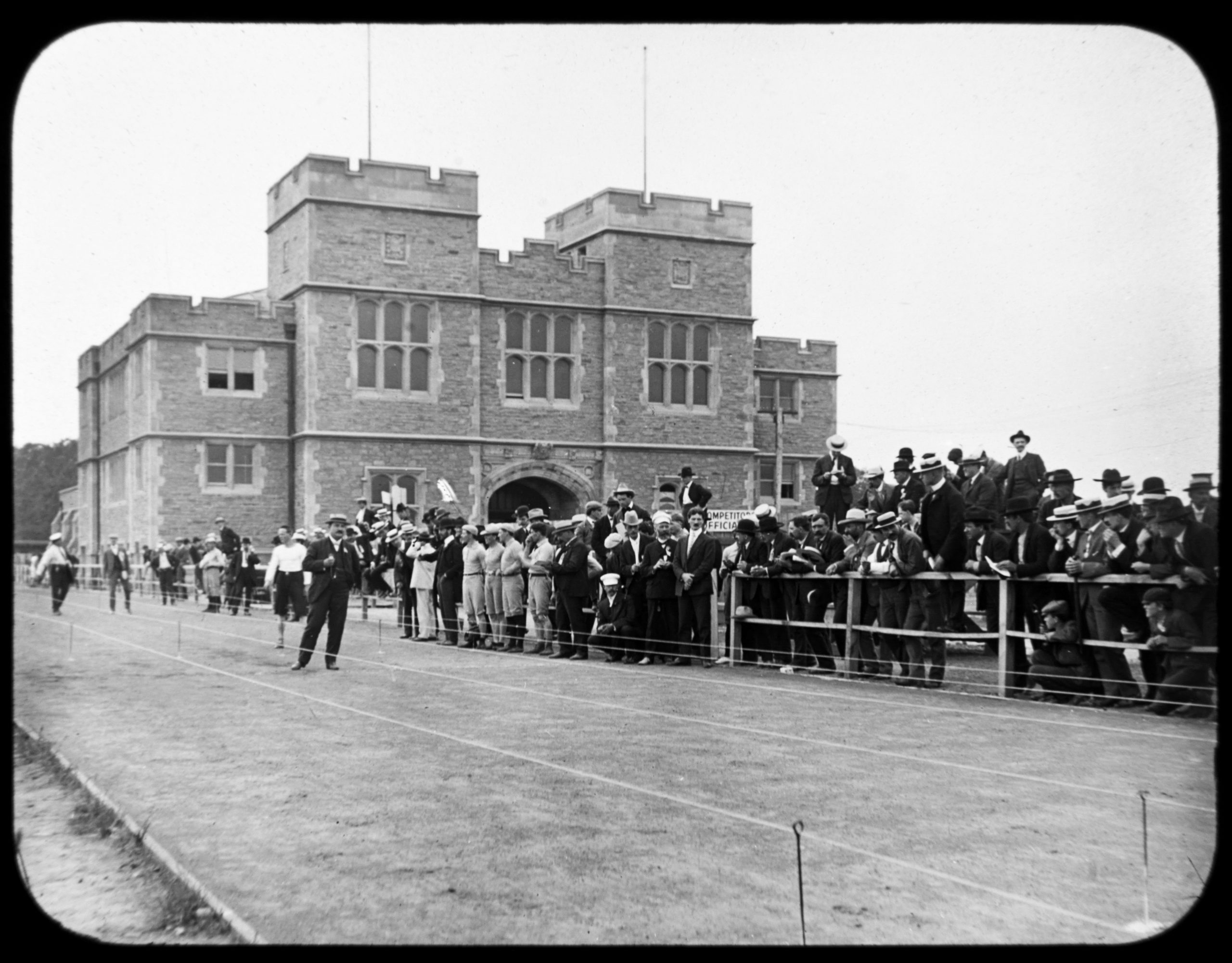 Curious Questions: Why is race walking an Olympic sport?
Curious Questions: Why is race walking an Olympic sport?The history of the Olympics is full of curious events which only come to prominence once every four years. Martin Fone takes a look at one of the oddest: race walking, or pedestrianism.
By Martin Fone
-
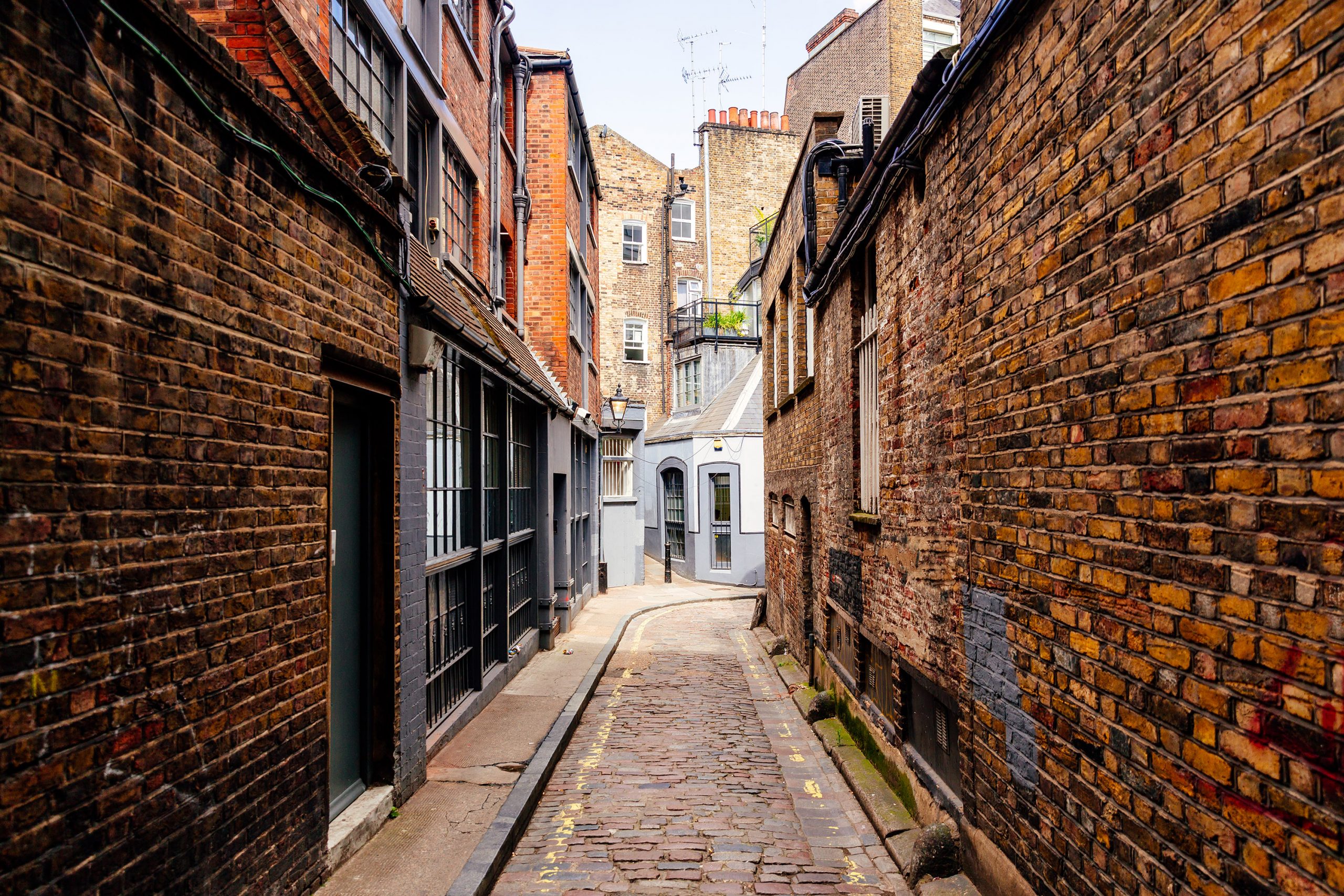 Curious Questions: Where does the phrase 'daylight robbery' come from? It's literally about the theft of daylight
Curious Questions: Where does the phrase 'daylight robbery' come from? It's literally about the theft of daylightMartin Fone tells a tale of sunshine and tax — and where there is tax, there is tax avoidance... which in this case changed the face of Britain's growing cities.
By Martin Fone
-
 Curious Questions: Is there a way to win at rock, paper, scissors?
Curious Questions: Is there a way to win at rock, paper, scissors?A completely fair game of chance, or an opportunity for those with an edge in human psychology to gain an advantage? Martin Fone looks at the enduringly simple game of rock, paper, scissors.
By Martin Fone
-
 Curious Questions: Is being left-handed an advantage?
Curious Questions: Is being left-handed an advantage?In days gone by, left-handed children were made to write with the ‘correct’ hand — but these days we understand that being left-handed is no barrier to greatness. In fact, there are endless examples of history's greatest musicians, artists and statesmen being left-handed. So much so that you'll start to wonder if it's actually an advantage.
By Toby Keel